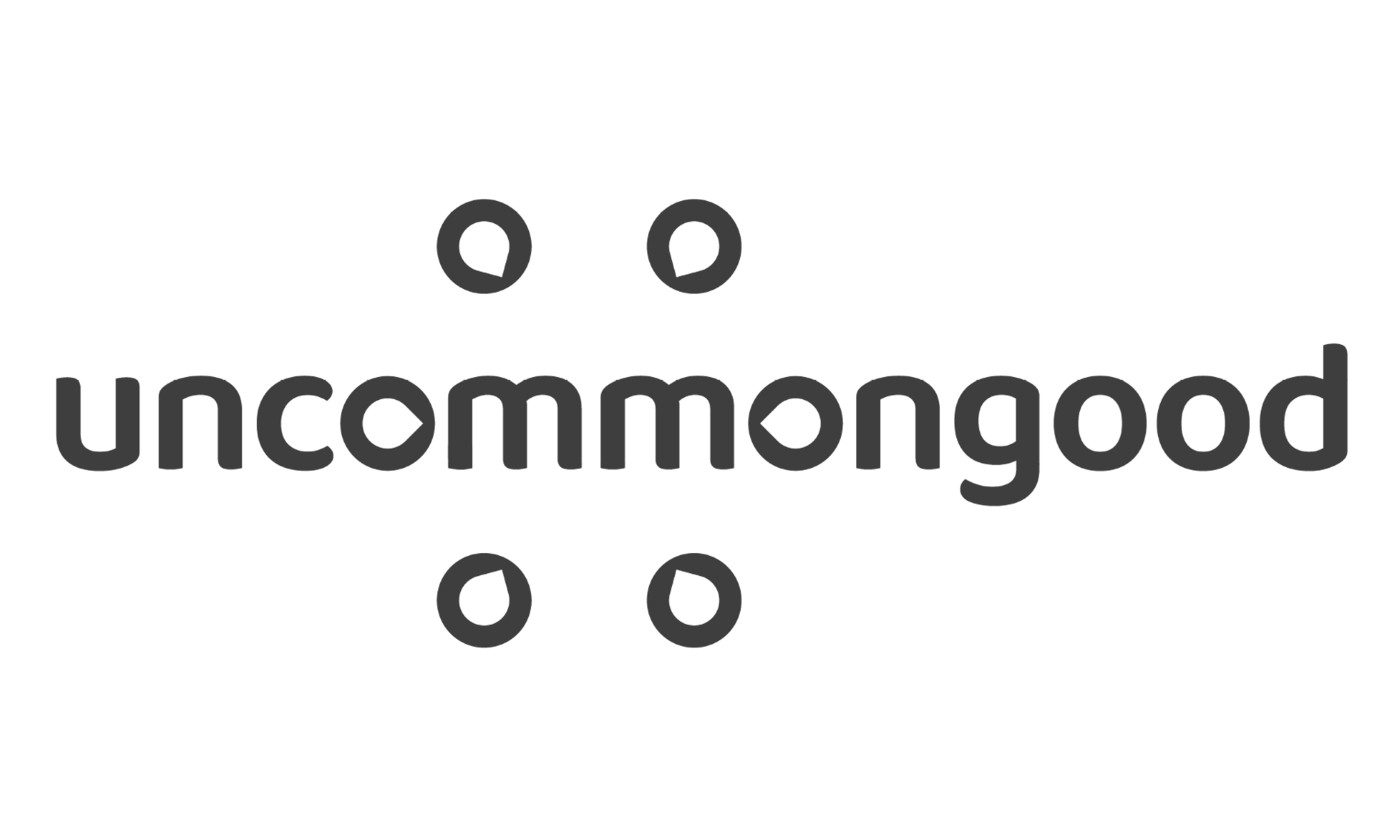To say there’s a lot going on in the world right now would be an understatement. From the pandemic to widespread environmental issues to deeply entrenched social injustices, the magnitude of problems around us is seemingly unyielding. While it may be hard to know how to take the first step towards building a better world, effective change that creates lasting social good is possible.
Just like there are a variety of causes out there to advocate for, there are even more ways to drive change for those causes, too. At the core of UncommonGood’s mission is making the act of driving impact — of standing up for a cause, of making a difference — accessible to all.
So whether you’re new to the world of volunteering or you’re a seasoned activist, there is change to be made. But where are you most needed, and how can you use your skills to best foster social good? Enter activism types.
Here’s a simple quiz to get you started:
You just witnessed someone get bullied. What do you do?
- Reach out to the person as a friend and cheer them up.
- Alert others for help to address it.
- Discuss with friends and confront the bully yourselves.
- Organize an Anti-Bullying Club for the neighborhood.
While there’s no right or wrong answer, how you were raised to act like a child could be a clue as to what kind of activism best suits your personality as you think of getting involved. And for those who manage marketing strategies for nonprofits, understanding the various activism types can help you better attract passionate volunteers who will help grow your efforts and mission. According to activist Bill Moyer, there are four roles of social activism that most people fall under.
In our quick quiz, if you chose option #1, you’re probably a more hands-on helper who focuses on driving small-scale impact. This activism type is also known as ‘The Citizen.’
If you chose option #2? You probably think change lies within those who are in authority. our focus is likely on leveraging change directly via power structures from the top down. This activism type is called ‘The Reformer.’
But if you planned to confront the bully yourself in option #3, chances are you don’t mind causing a stir to attract attention where it’s needed. You’re pretty fearless, and that might land you the activism type of ‘The Rebel.’
Electing option #4 shows a real commitment to innovation and organizational change. ‘The Change Agent’ activism type might be most suitable; you can coordinate large groups, and see making a difference as a powerful group effort.
Moyer first wrote about this idea of the four roles of social activism in his famous ‘Movement Action Plan.’ Written in the 1970s aimed to provide a strategic model for waging nonviolent social movements, and used case studies to help activists choose the tactics and strategies that would yield the most effective results for their particular movement.
Still not sure what activism type you best fit into based on the above? Take a look at a deeper exploration of the four roles below:
The Citizen
Just like the name suggests, you might best fit within this role if you consider yourself a dutiful resident within a larger community or society. You’re often seen as the helper, who sees opportunities for service as a great starting point for change. You’re probably down-to-earth, socially conscious, and have a strong rapport with people within your community.
So how does a ‘Citizen’ best make a difference? You’ll likely be most comfortable focusing your efforts first on the people immediately around you. You’ll promote active citizenship, often through volunteering. In Moyer’s plan, ‘the active citizen’ plays a crucial role in making a concentrated change in communities, and is often the source of legitimate and lasting impact.
According to WagingNonViolence.org, ‘The Citizen’ views social activism in a very hands-on way like “address[ing] gender and racial discrimination in jobs by teaching how to write resumes or initiating job training” and “attack[ing] carbon pollution by weatherizing houses or starting solar installation co-ops.” The Citizen sees how many paths there are to making a difference, and they aptly choose specific and tangible routes for change at home in their communities.
The Citizen activism type may thrive at:
- Focusing on community change
- Volunteering at a community center, children’s mentorship program, or food bank
- Starting a community garden
- Organizing a fundraising event
- Rallying a donation collection effort
- Participating in or spearheading a street or neighborhood cleanup
The Reformer
If you’re a Reformer, you may prefer more mainstream and institutional channels for change, such as passing legislation, working directly in courts, advocating at city hall, or working directly with corporations or NGOs. Reformers actively pursue lasting impact through changing laws, policies, and even large-scale values of a society.
This activism type is usually comfortable confronting authority figures because they feel that is where true power — and thus, the pathway to true change — lies. Reformers are our political thinkers, doers, and advocates. Your activism efforts center around either pursuing change through those routes of authority or becoming a person in power to make a difference themselves.
The Reformer type may be good at:
- Lobbying
- Organizing a rally
- Writing letters to State representatives
- Writing opinion pieces for newspapers or online
- Speaking at City Hall Meetings
- Volunteering during the campaign of a specific political candidate
- Running for office
The Rebel
As a Rebel, you don’t mind being in the spotlight because that’s where you want the issues you’re tackling: right in the public eye. You notice injustice when it occurs, and it’s not something you can just compartmentalize or shake off — and you don’t want others to, either. You enjoy a certain degree of commotion because you believe a little noise helps get issues noticed, heard, and addressed.
A Rebel’s primary method of action is through protesting your targets are bodies in power, whether it’s a government or a corporation. To be effective, every move you make has a strategy and tactics behind it to ensure the highest degree of impact. According to Moyer, however, if Rebels engage in violence or a narrower “any means necessary” approach, they run the risk of their activism proving ineffective in yielding structural change and social good
The Rebel activism type may succeed at:
- Participating in protests, sit-ins, rallies, etc.
- Becoming a spokesperson for a specific cause
- Pursuing media opportunities to spread the word and amplify a cause
- Engaging in debates
- Participating in attention-grabbing stunts or events to promote a cause
- Creating and sustaining viral social media campaigns
The Change Agent
If organization is your thing, you might just be the Change Agent. This activism type is all about creating or supporting organizations whose central goal is to achieve tangible change for a particular cause. Change Agents believe that numbers matter when it comes to making a lasting impact, and find great joy in rallying large groups together to work toward the greater good.
But as a Change Agent, you don’t always have to reinvent the wheel. Often, you help strengthen strategies, causes, and work that’s already in existence. This activist type focuses on supporting and promoting grassroots organizations, networks, coalitions, and activists who are already and consistently doing the work to achieve social good and effectively drive change.
More often than not, a Change Agent’s heir goal is to raise awareness and help educate other citizens on the issue at hand — Their work is long-term, at a macro level. Because they have such a skill for seeing the bigger picture, however, Change Agents must be careful to avoid becoming too idealistic, tunnel-visioned, or remiss in noticing the personal needs of the activists and the cause they’ve been recruited to address.
The Change Agent can flourish at:
- Starting an organization or nonprofit
- Working their way up to a place of leadership in an already established organization
- Organizing community fundraising events
- Coordinating education efforts to raise awareness
- Planning large group activities such as protests, collecting signatures, etc.
Moving Forward With Your Activism Type
Knowing about the four activism types and the many options you have for achieving and sustaining the change you want to see in the world, you may be wondering: “How do I make sure my actions are effective?”
According to EffectiveActivist.com, “The most successful movements don’t necessarily get everything right on their first try; they adapt to changing environments and measure their impact to continue moving forward even when some tactics or strategies fail.”
Each activism type, and each role in driving change, is so vastly different, but they all play an essential part in making the world a better place. And the best part? The real magic happens when all different types of activists, volunteers, and types of people are working together to make that magic happen together.
Ready to put your activism type to work? UncommonGood supports a variety of nonprofits making a difference in the world by enabling them to run sweepstakes, facilitate online donations, and more. Check to see if there’s a local nonprofit near you:




